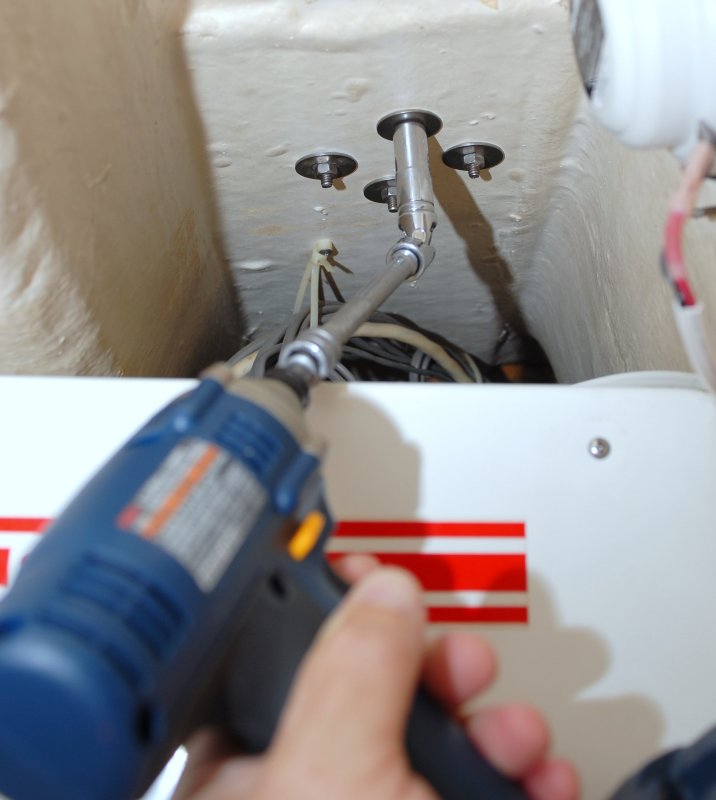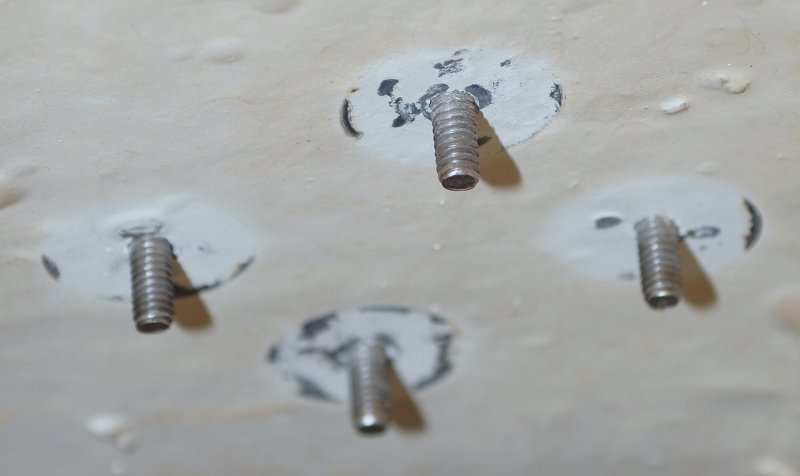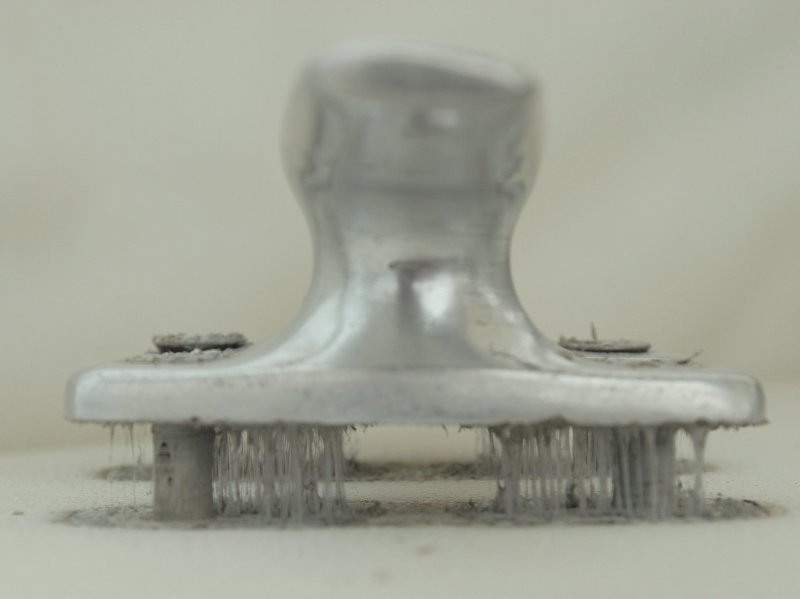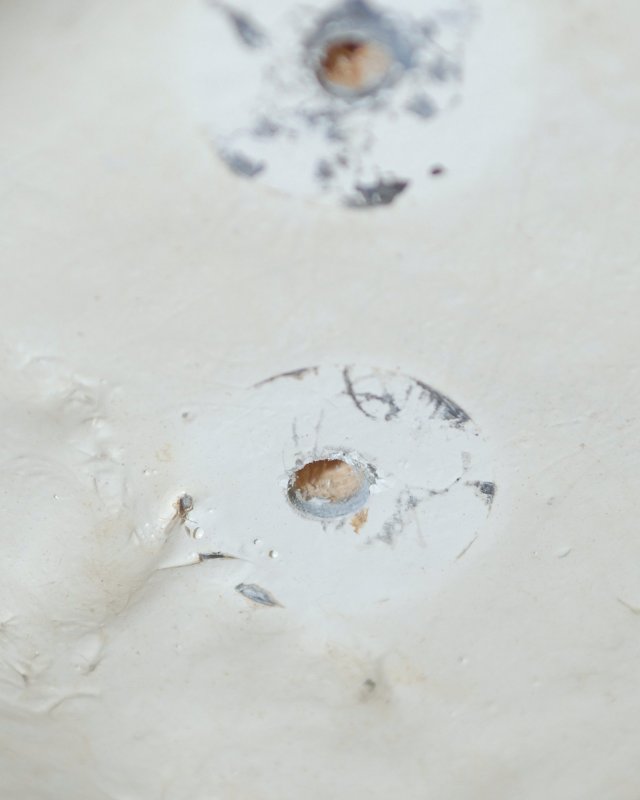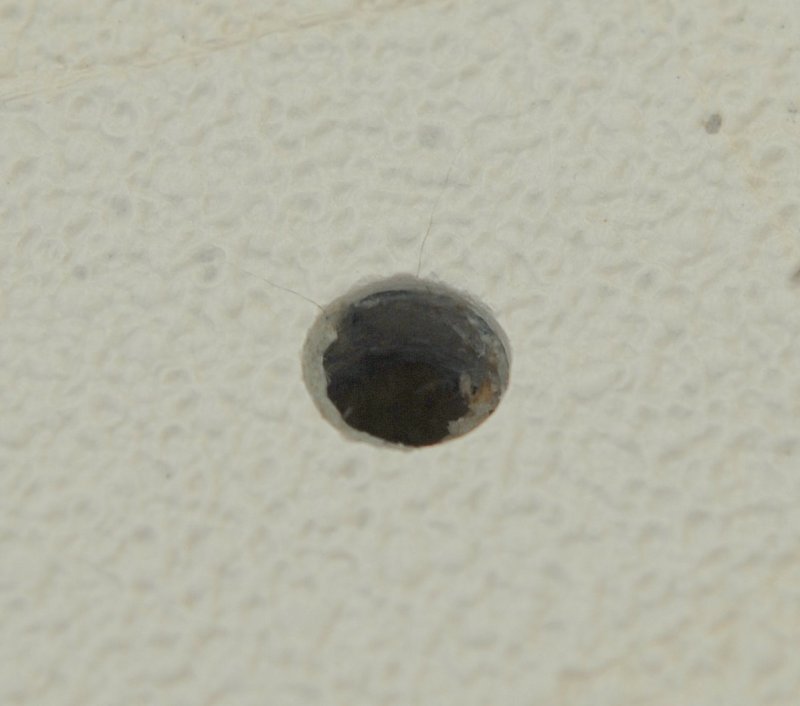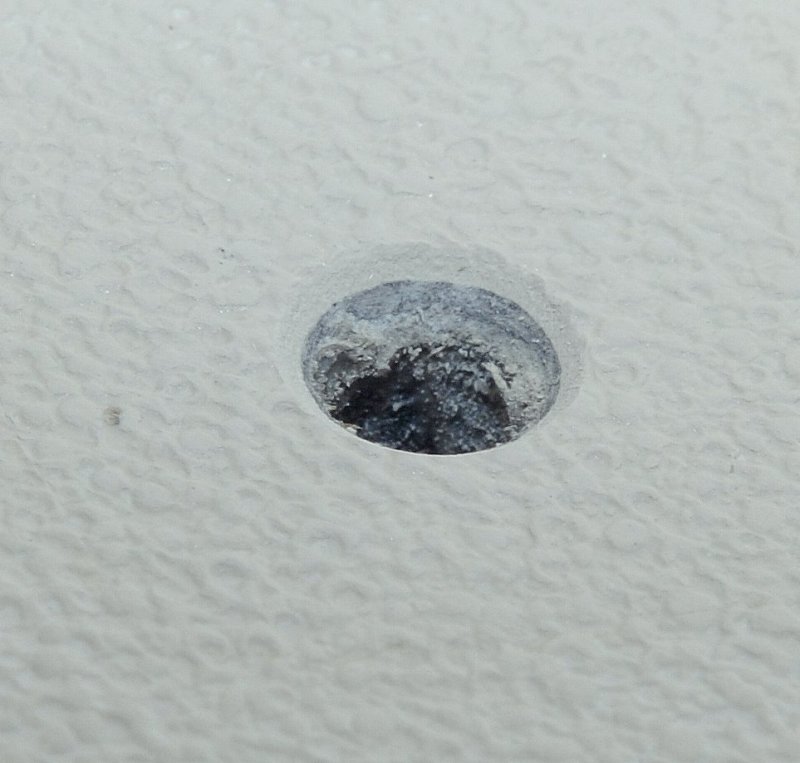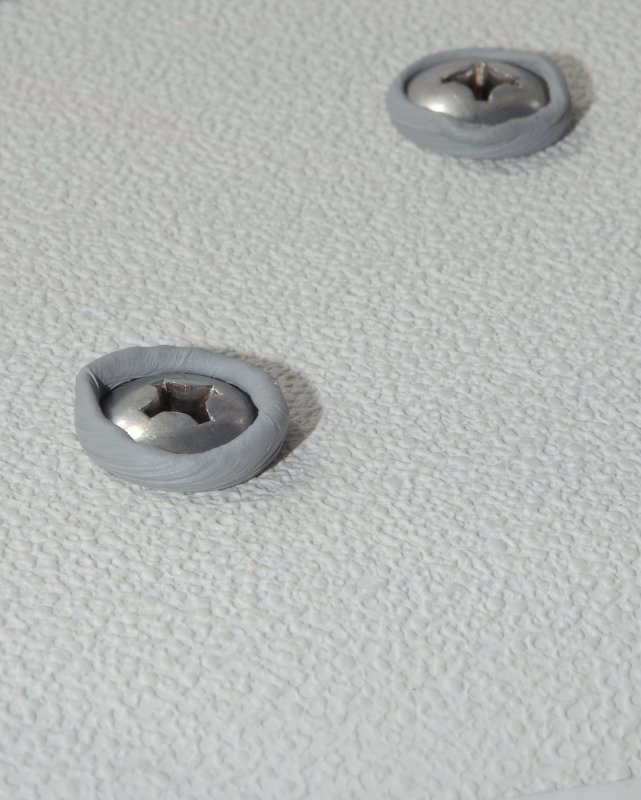screwed
Do you guys use some type of sealant on all the screws into the deck. I have some places where water has leaked through the screw holes. I wanted to pull them all out and shoot something down into them just to stop any mroe water from dropping through.
What do I use? Some people told me 5200, so I sealed a chain plate for a shroud and now it appears I will never take it off again.
What should I use for the screws that go all the way through or are just into the fiberglass/plywood core? Learning about sailboats has been humbling.
Do you guys use some type of sealant on all the screws into the deck. I have some places where water has leaked through the screw holes. I wanted to pull them all out and shoot something down into them just to stop any mroe water from dropping through.
What do I use? Some people told me 5200, so I sealed a chain plate for a shroud and now it appears I will never take it off again.
What should I use for the screws that go all the way through or are just into the fiberglass/plywood core? Learning about sailboats has been humbling.

